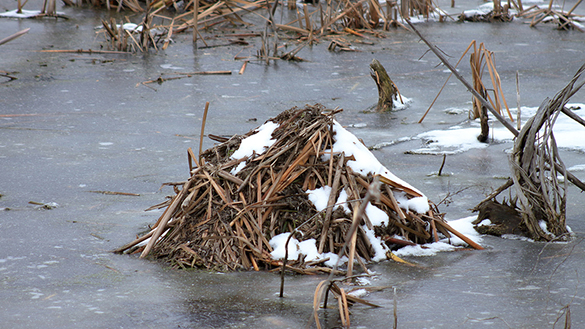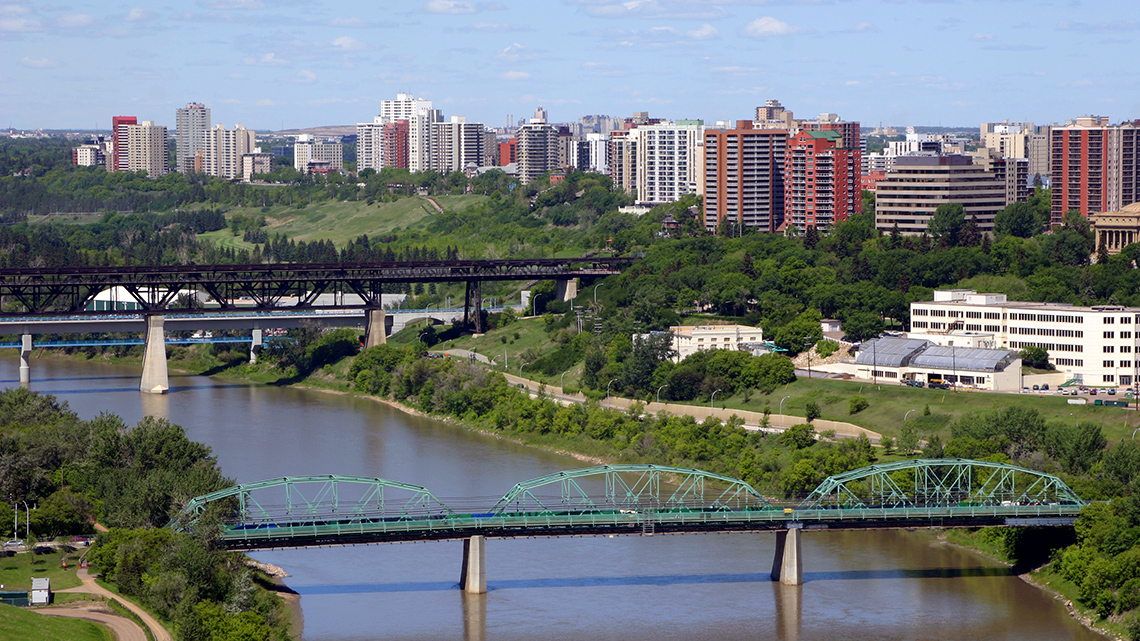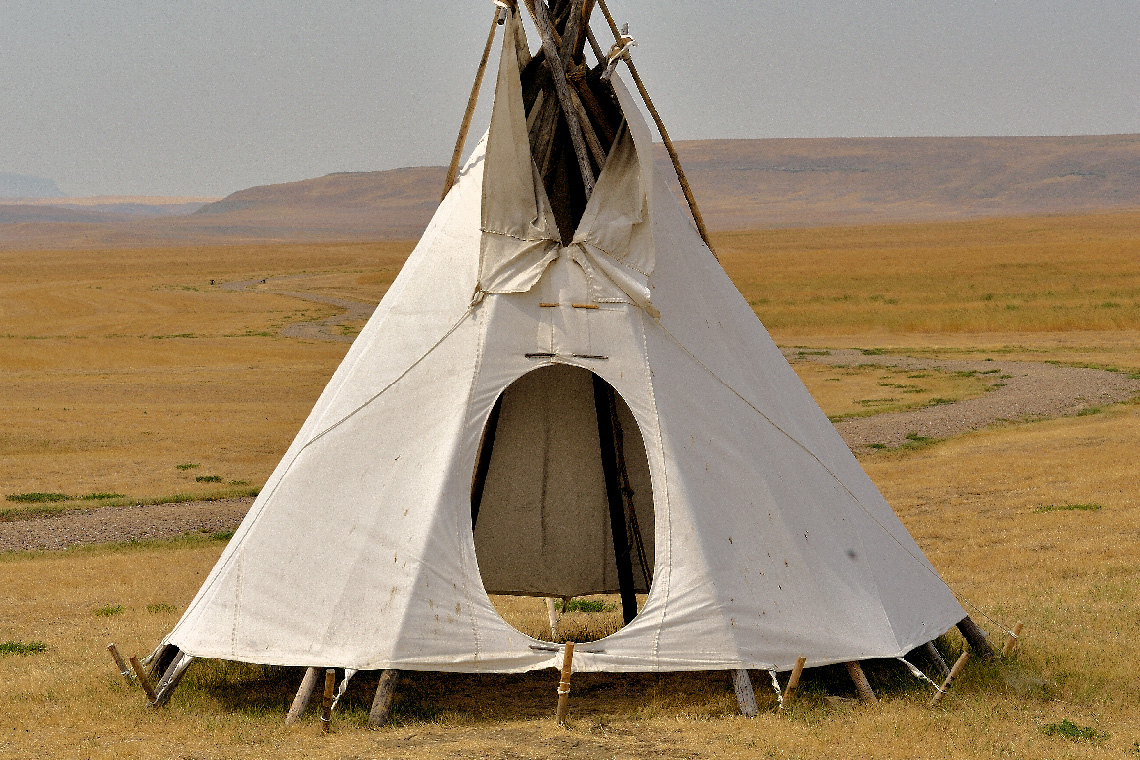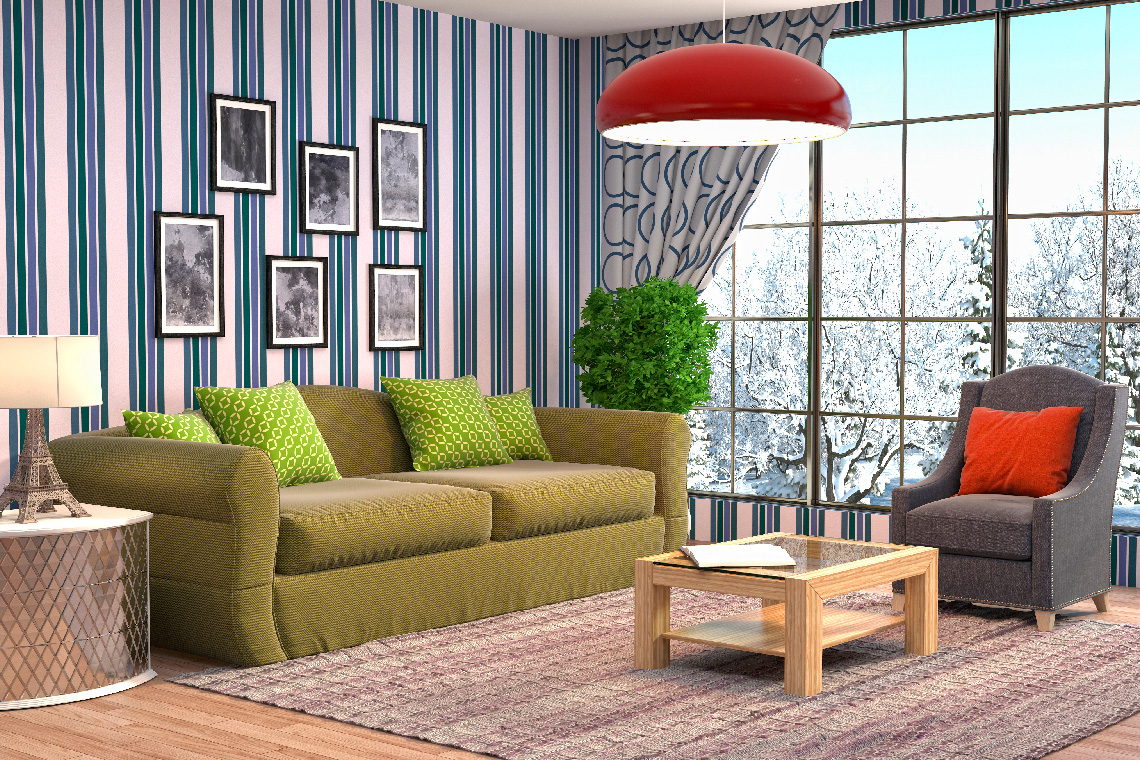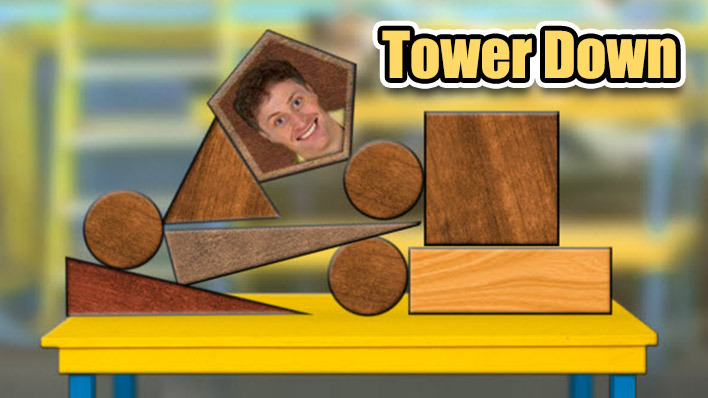Minds On
What is a structure?
People are surrounded by structures in their communities, schools, and play areas. You might notice and use structures everyday, but how would you define what a structure is?
Here are some examples of structures. As you explore the following carousel of images, think about these questions:
- What do you think these structures are mostly made of?
- Is the structure found indoors, outdoors, or both?
- What do you think is the main purpose, or job, of this structure? Why is it needed?
- Do you think this structure would fall over or topple over easily? How do you know?
Now that you have explored some images of structures, answer the following questions:
- What is a structure?
- What is a stable structure?
Record your responses using method of your choice.
Press ‘Structure’ to access the definition of a structure.
A structure is something made up of parts that are put together in a particular way for a particular purpose.
A stable structure is able to keep its shape, maintain balance, and stay in one spot, even when force such as weight or wind is applied to it.
(Source: The Ontario Science Curriculum)
Brainstorm
Structures
- What other structures have you noticed before?
Record a list of structures using a method of your choice.
Action
Human-made and natural structures
When most people think of structures they think about a building, but structures are all around us! Structures are not only things made by people, but nature provides many structures as well.
Let’s practice sorting human-made and natural structures.
Brainstorm
Natural and human-made materials
Consider your observations from the sorting table activity to answer the following questions:
- What materials were the natural structures made of?
- What materials were the human-made structures made of?
Record your answers using a method of your choice.
Press ’Example’ to access materials that different structures are made of.
|
A bridge might be made of wood or steel. |
|
An anthill is made from sand or dirt. |
|
An igloo is made from ice and snow. |
Do you notice any similarities between the structures that are made by nature and those that are made by humans? Think about the shapes of the structures and the shapes within the structures.
Stability
How can you tell if a structure is strong and stable? Both people and animals build structures to be strong and stable, and to last for a long time.
Being strong means that the structure is less likely to break, and it will support weight or a “load.”
Being stable means it’s less likely to fall over and it will stay fixed in one spot, even when force is applied to the structure.
Pause and Reflect
Strong and stable
Use the previous definitions to reflect on the following questions:
- What questions would you ask to find out if something is strong?
- What questions would you ask to find out if something is stable?
Record your questions using a method of your choice.
Press ‘Answers’ to access some possible answers.
There are lots of different ways that you can test the strength and stability of a structure.
Some questions you may have recorded to find out if something is strong are:
- Is it easy or hard to break?
- What materials is it made out of?
- Can it hold heavy things?
- Will it last a long time?
Some questions you may have recorded to find out if something is stable are:
- Is it likely to fall down?
- Is it likely to blow away in the wind?
- Will it tip over easily?
- Does it stay up the way it was built?
Did you know that there are specific features of structures that are designed to make them more stable? When an engineer is designing a structure, they think about the force that will be applied to the structure and any changes they can make to keep the structure stable.
Press the following tabs to explore images and descriptions explaining features of structures that make them more stable when a specific force is applied.
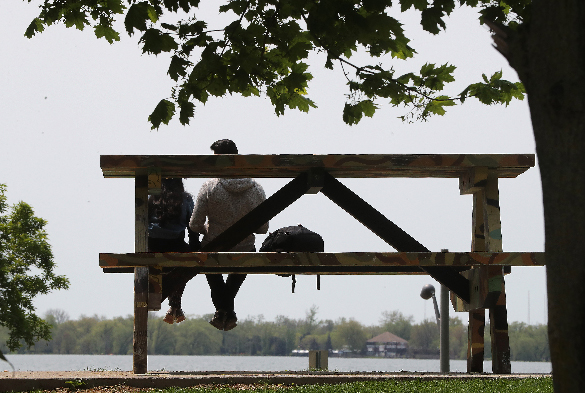
In this example, the people are the force being applied to the picnic table. This picnic table has a center support in the middle to keep it strong and stable.
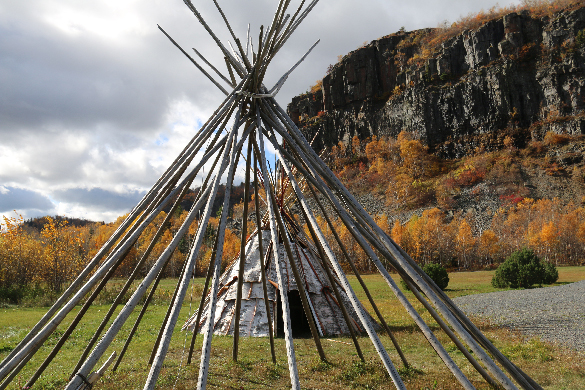
In this example, the traditional teepee is more stable because of its wide base and several supports leading to a point. The force applied to this structure could be weather elements, such as rain, wind, snow, etc.
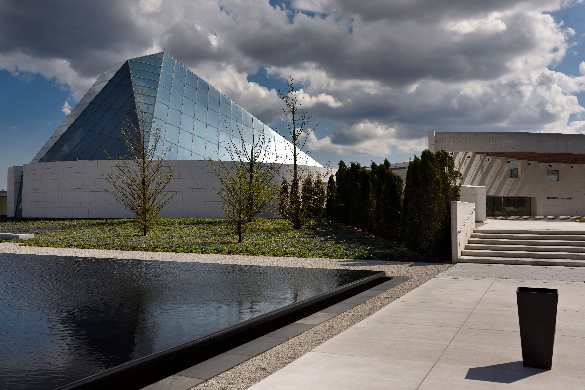
Similar to the teepee, this example is more stable because of its wide base and extra support around the base. The force applied to this structure could be weather elements, such as rain, wind, or sun, and also the “load” inside of the structure, such as people or furniture.
Pause and Reflect
Improving stability
Use the images and information in the previous accordion to reflect on the following question:
- What features do you think improve a structure’s stability?
Record your reflection using a method of your choice.
Press ‘Answers’ to access some possible answers.
Some ways to make a structure more stable are:
- add reinforcements to its base, such as center supports (in the picnic table) or weight (Ismaili Centre)
- widen the base of the structure (Ojibwe teepee and Ismaili Centre)
Strong and stable
Explore the following carousel of images.
Use the images in the previous carousel to complete the Strong and Stable Structures worksheet in your notebook or using the following fillable and printable document. If you would like, you can use speech-to-text or audio recording tools to record your thoughts.
- What do you think makes the structure strong (won’t break)?
- What do you think makes the structure stable (won’t fall)?
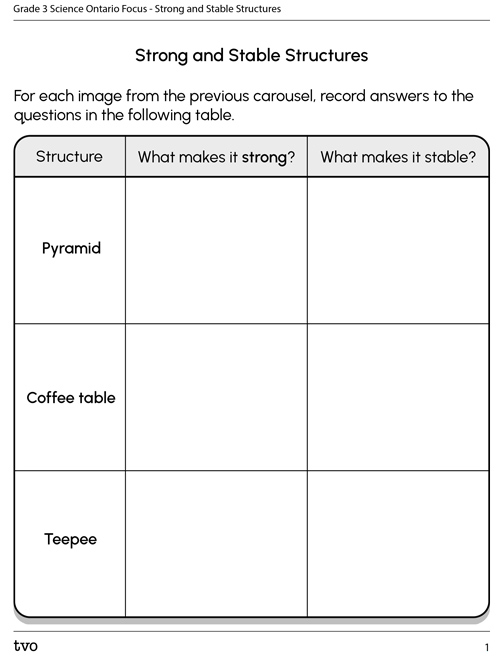
Press the Activity button to access the Strong and Stable Structures Worksheet.
Activity (Open PDF in a new tab)Compare your answers with the following answer key.
Press ‘Answer’ to access some possible answers.
|
Structure |
What makes it strong? |
What makes it stable? |
|---|---|---|
|
Pyramid |
|
|
|
Coffee table |
|
|
|
Teepee |
|
|
Consolidation
Structures
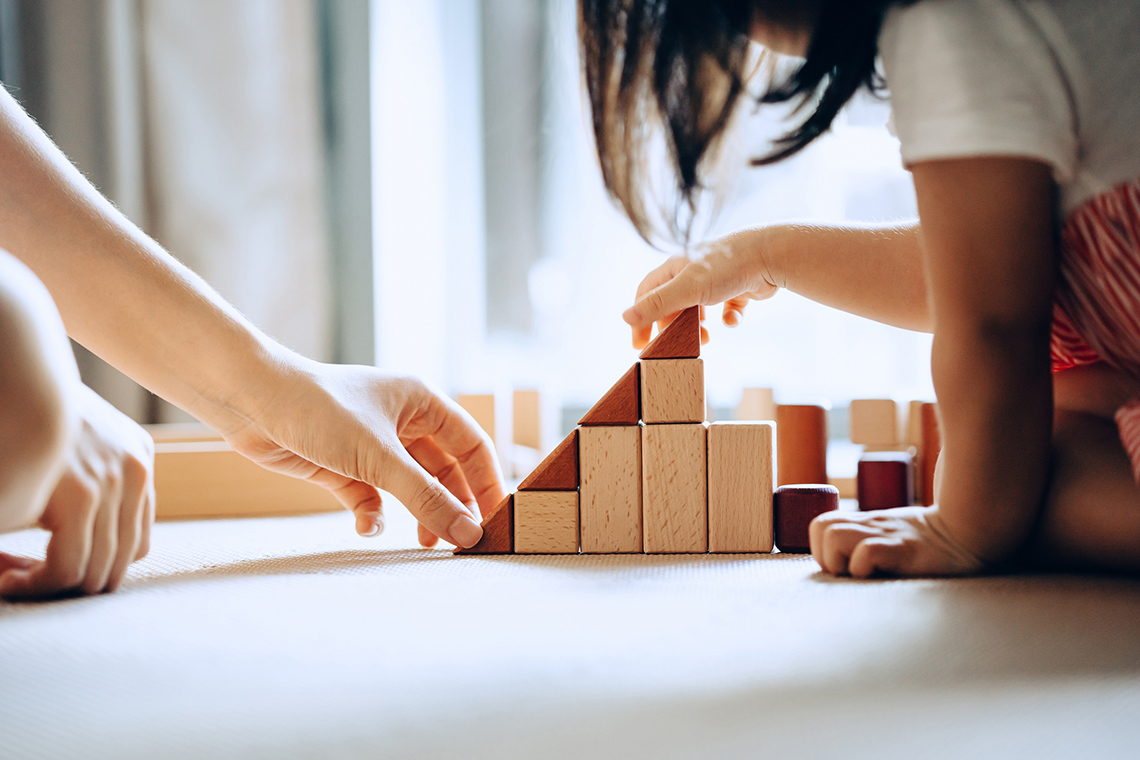
Check your understanding of structures by completing the following interactive activity!
For each sentence, select the missing word from the drop-down menu.
Now answer the following questions:
- In your own words, what is a structure?
- What forces can be applied to a structure? Include an example.
- How do structures stay stable when forces are applied? Include an example.
Record your answers using a method of your choice.
Reflection
How do you feel about what you have learned in this activity? Which of the next four sentences best matches how you are feeling about your learning? Press the button that is beside this sentence.
I feel…
Now, record your ideas about your feelings using a voice recorder, speech-to-text, or writing tool.
Press ‘Discover More’ to extend your skills.
Discover MoreIt’s time to play a game! You will now access Tower Down, a game to experiment and observe structural stability
- Can you design a structure that can be sorted into more than one structural group?
- Can you design a structure that is a compound structure? (A compound structure is a structure that has more than one form.)
When you are finished designing your structure, draw a labeled diagram of the structure, or record your ideas in another method.
